Treatments for symptom control
Treatments for symptom control
This section aims to inform you of some of the more common symptoms and how they might progress. It can help prepare you for what to expect.
When you are first diagnosed with pancreatic cancer it can be frightening, upsetting and bewildering. The symptoms you may have been having prior to diagnosis might seem relatively mild compared to what you would expect from a serious illness.
Managing your symptoms is important to make sure that you can enjoy the best possible quality of life. How symptoms are managed varies from person to person. You should inform your medical team of any new symptoms or changes in existing ones to ensure that you get the support you need.
Peoples fears around pancreatic cancer commonly centre around managing their symptoms and pain. You may not experience many symptoms discussed here, or you may experience different symptoms at different times. The important thing is to ensure that you speak to a carer or health care professional about any symptoms as they arise. Good symptom management can ensure that you have the highest possible quality of life.
Control the symptoms of pancreatic cancer
This booklet covers the different procedures used to control pancreatic cancer symptoms with practical information about your hospital visit and returning home. Includes a section about second opinions, clinical trials and questions to ask your doctor and a glossary to explain some of the terms used.
Read more
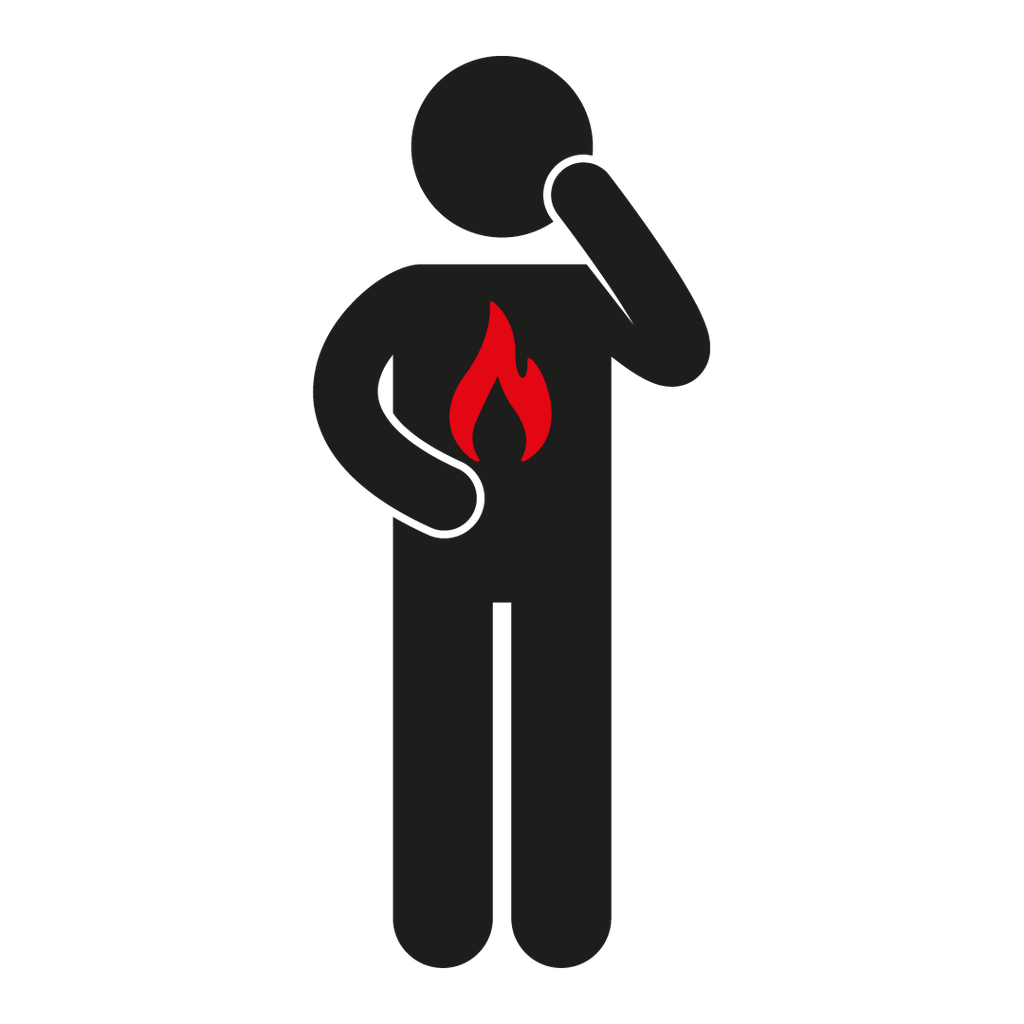
Blood clots
Cancer can increase your chances of getting a blood clot. Some treatments also increase the risk such as chemotherapy. When …
Read more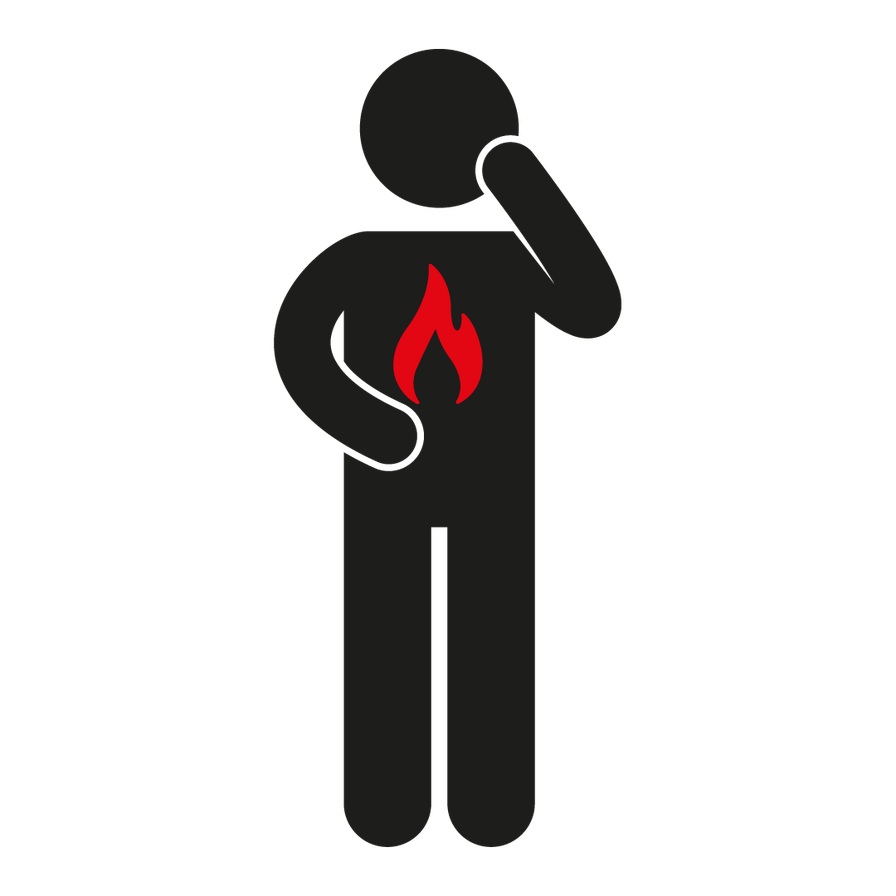
Blood clots
Cancer can increase your chances of getting a blood clot. Some treatments also increase the risk such as chemotherapy.
When you have cancer and a blood clot, it’s called ‘Cancer-Associated Thrombosis’ – or CAT for short.
You may be offered medication to prevent blood clots
and thin the blood. Clots can occur anywhere in the body. It is likely that the affected area will cause you pain. You can also reduce the chances of a blood clot by taking regular short walks, drinking lots of water and doing chair or bed exercises (marching, shoulder rolls etc). A physiotherapist may be able to advise on some exercise to suit you depending on your activity levels.
Here is some information about blood clots in cancer, what to watch out for, and how to avoid them.
Signs of clots
It is important to be aware of potential signs of clots.
Signs you may have a blood clot in your leg (DVT) include
Tenderness in the leg
Redness
Swelling and a feeling of tightness, the skin may feel stretched
Pain in the leg (usually in the calf)
Warmth and redness of the skin (particularly at the back of the leg, below the knee)
Or for a clot in your lungs (or PE)
Light-headedness or feeling faint
Unexplained shortness of breath
Chest pain (particularly when breathing deeply)
Coughing up blood
Sweating
If you are concerned about clots, contact a member of your medical team immediately.
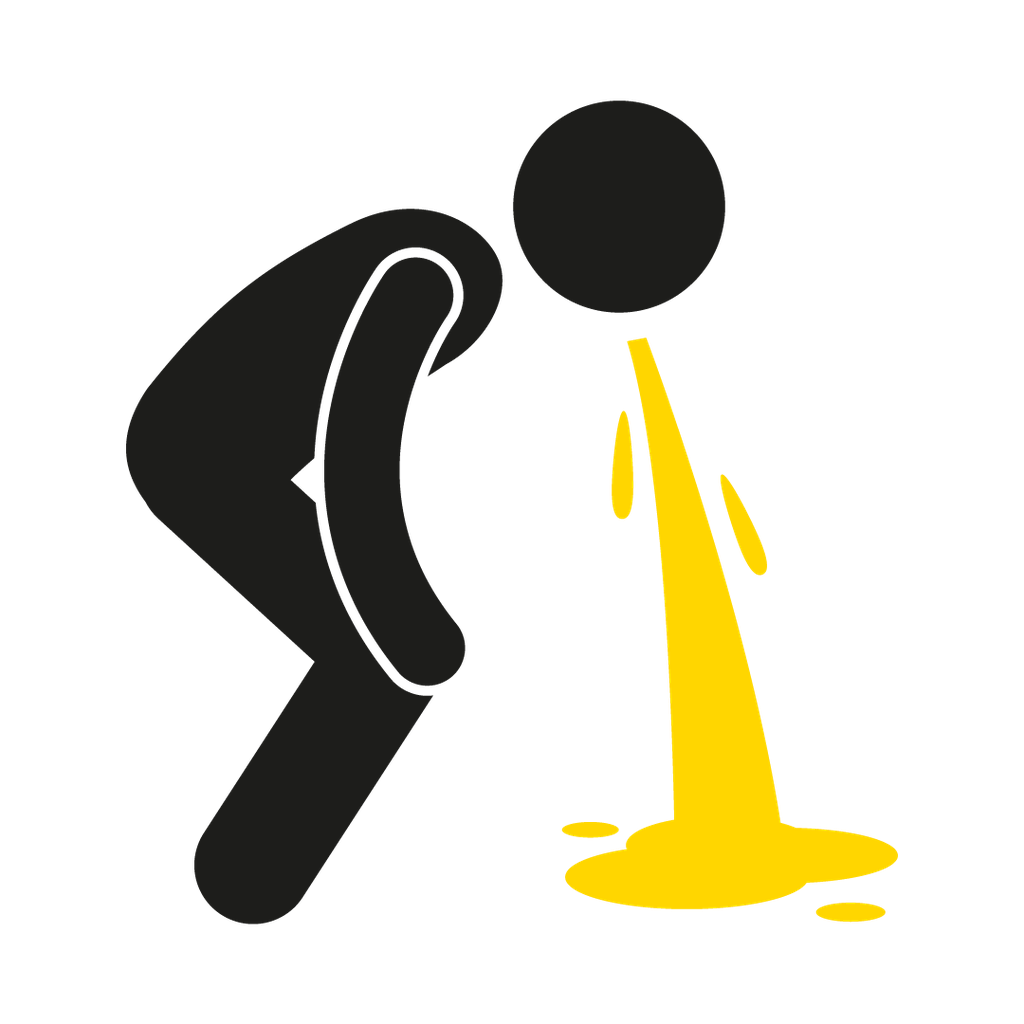
Bypass surgery
Bypass surgery may be offered to you rather than a stent depending on the blockage and your symptoms. Bypass surgery …
Read more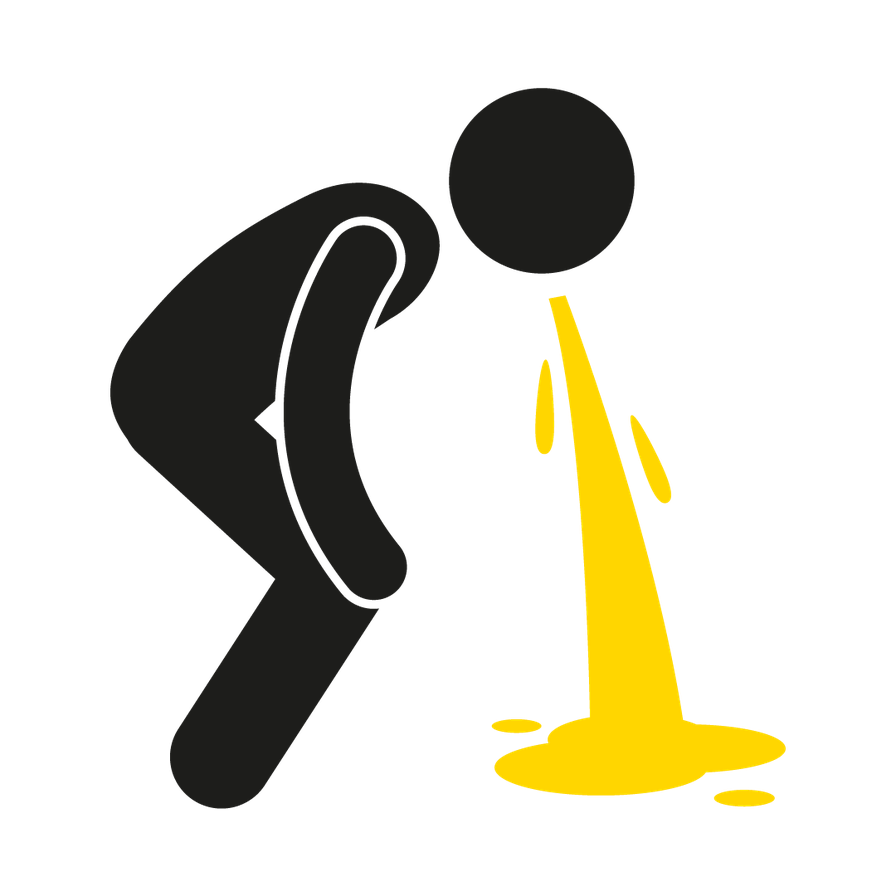
Bypass surgery
Bypass surgery may be offered to you rather than a stent depending on the blockage and your symptoms.
Bypass surgery may also take place if during surgery to remove a tumour it is found that the tumour had spread beyond the pancreas and removing only part of the tumour is not beneficial. Bypass surgery will not remove all the tumour and it is used for symptom relief not a cure.
The surgery aims to allow you to recover as quickly as possible (so that more appropriate treatment may be started) and make sure the liver and stomach continue to work properly. bile duct directly to part of the small intestine called the jejunum.
This allows the bile to flow from the liver into the small intestine and in time the jaundice should fade. At the same time your surgeon will connect a piece of small intestine to the stomach, to bypass the duodenum. This will let your stomach empty properly and should prevent blockage of the duodenum later.
How will I feel afterwards?
You may be cared for in a High Dependency Unit (HDU) before going back to the ward. You might be able to start drinking fluids the evening after your operation and gradually start eating solid food. You should be able to go home once you’re eating and drinking has improved, and your jaundice is getting better.
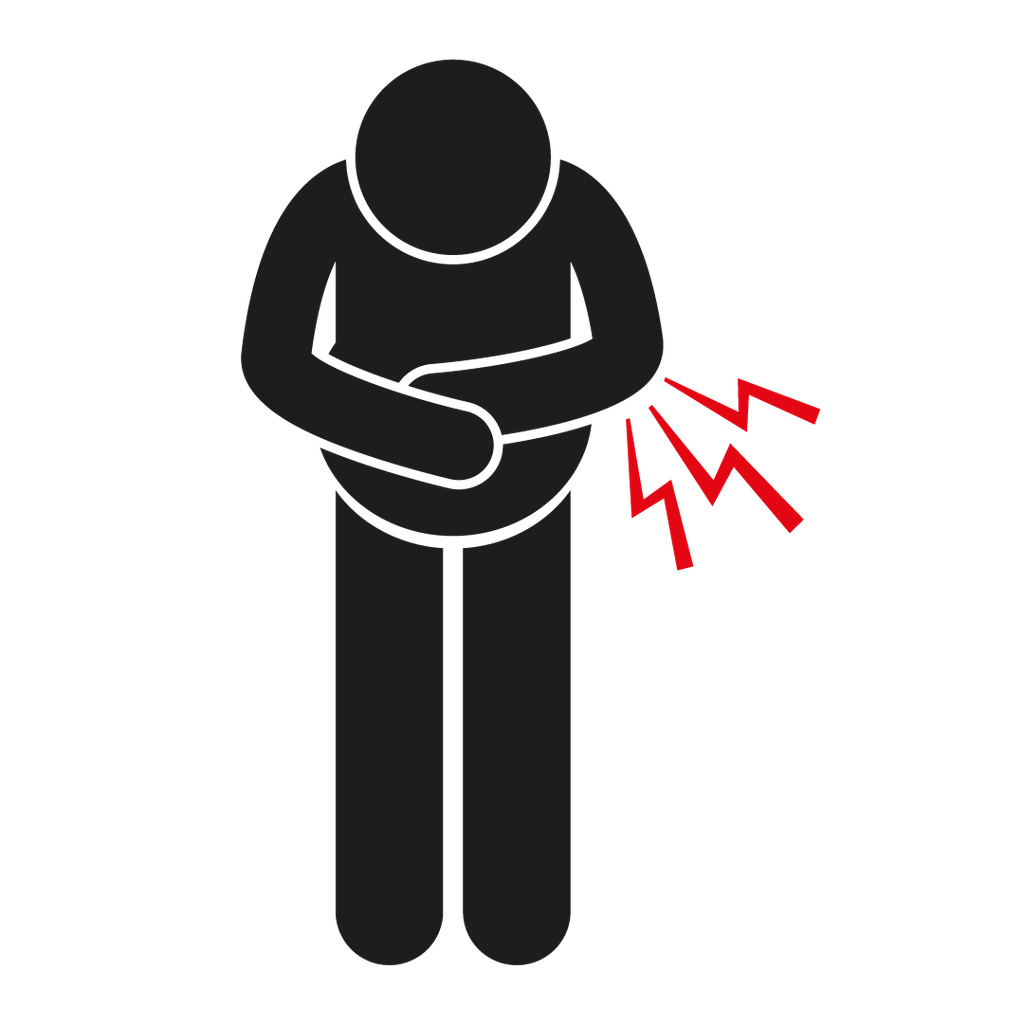
Constipation (symptom of pancreatic cancer)
Being constipated, or unable to open your bowels, is common for people with pancreatic cancer. It may be due to …
Read more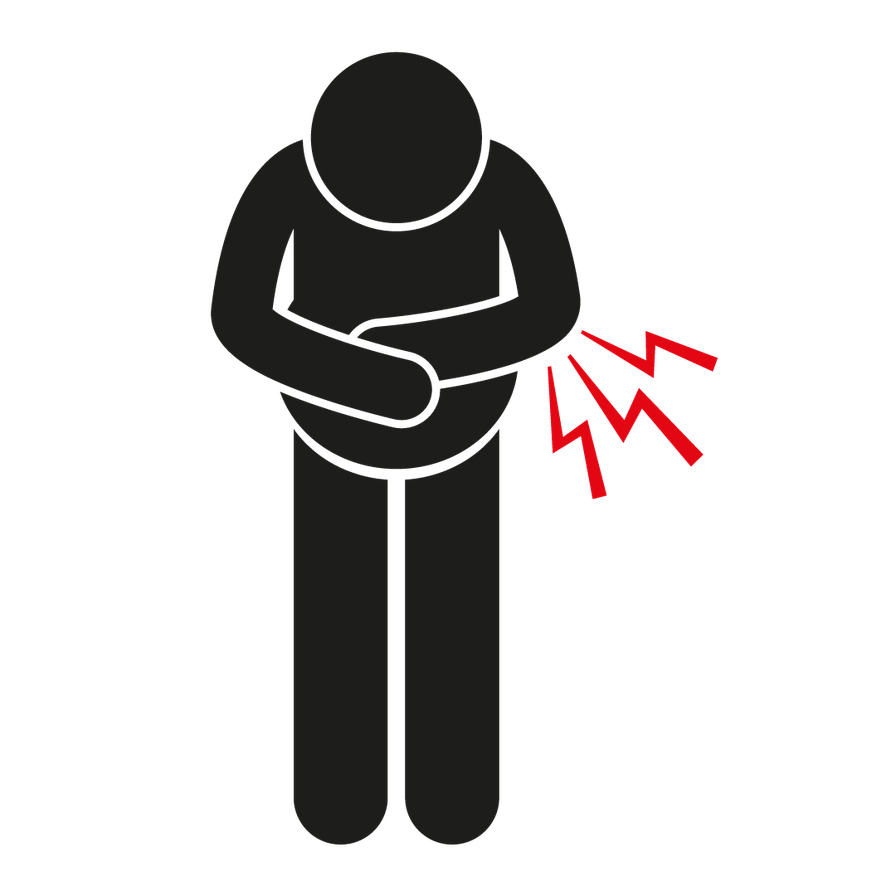
Constipation (symptom of pancreatic cancer)
Being constipated, or unable to open your bowels, is common for people with pancreatic cancer.
It may be due to the disease itself or it may be because of a treatment you are receiving. Constipation can be uncomfortable and can also cause bladder symptoms such as incontinence or retention (holding) of urine.
If you are constipated, medications can be given to help get your bowels moving again. This ranges from medicines you drink to suppositories (inserted in the rectum) or a liquid enema. You can take regular medication to keep things moving and prevent constipation but remember to let your doctor know if you develop loose stools (diarrhoea).
Increasing the amount of fluid you drink will help to soften stools. Moving around as much as possible helps to keep your bowels moving too. Though this can be difficult if you are feeling unwell.

Duodenal stent
Using a duodenal stent to treat duodenal obstruction associated vomiting Some (10-20%) pancreatic cancer patients experience symptoms when their tumour …
Read more
Duodenal stent
Using a duodenal stent to treat duodenal obstruction associated vomiting
Some (10-20%) pancreatic cancer patients experience symptoms when their tumour begins to compress or restrict the duodenum (the first part of the small intestine, immediately after the stomach). This often occurs gradually and can present with a feeling of discomfort after eating and nausea. As the stomach has not emptied properly since the last meal, the patient often feels full after only a small amount of food (“early satiety”). Vomiting can relieve the discomfort, and fluids may be easier to tolerate than solids. The stomach can gradually stretch, leading to less temporal association with recent ingestion of food, but as food cannot reach the small intestine for nutrients to be absorbed, weight loss occurs. The stomach never empties properly, leading to a residue of stagnant, partially digested food and fluid. People may notice bad breath, and movement causes the stomach contents to move about, which can sound like water slopping in a hot water bottle (“Succussion splash”).
One way to treat this is the use of a duodenal stent. This is a flexible tube made of an expanding metal mesh which, when inserted, helps to keep the duodenal walls apart, allowing soft foods and fluid to pass through it, relieving some of the symptoms.
The procedure
The procedure takes place in an X-ray department or endoscopy suite and takes around 30 minutes.
Your medical team will advise you when to stop eating and drinking before the stent is inserted. You will be given sedation through a cannula, and once you are sleepy, the doctor will pass the endoscope through your mouth, down your throat, and through your stomach to reach the blocked segment of the duodenum. A guidewire is then passed down the endoscope and through the blockage into the normal intestine, beyond which the stent is inserted. When confirmed to be in the right place, the stent is released, where it springs open to push apart the duodenal walls and relieve the blockage.
The advantage of managing duodenal obstruction with a duodenal stent is that it does not usually require a general anaesthetic or surgical procedure and can be performed even in frail patients. It does have the disadvantage that as a rigid tube, the stomach and duodenal emptying are less efficient than in healthy, which is normally aided by intestinal contractions(peristalsis). Patients often require dietary modification to avoid difficult-to-digest solids and small frequent meals. The alternative is a surgical bypass of the blockage (a gastroenterostomy, joining the stomach to the small intestine beyond the blockage), which may be preferable in patients who remain fit and well, as the relief of symptoms can be more effective, but this requires general anaesthesia, and the risks can be slightly greater.
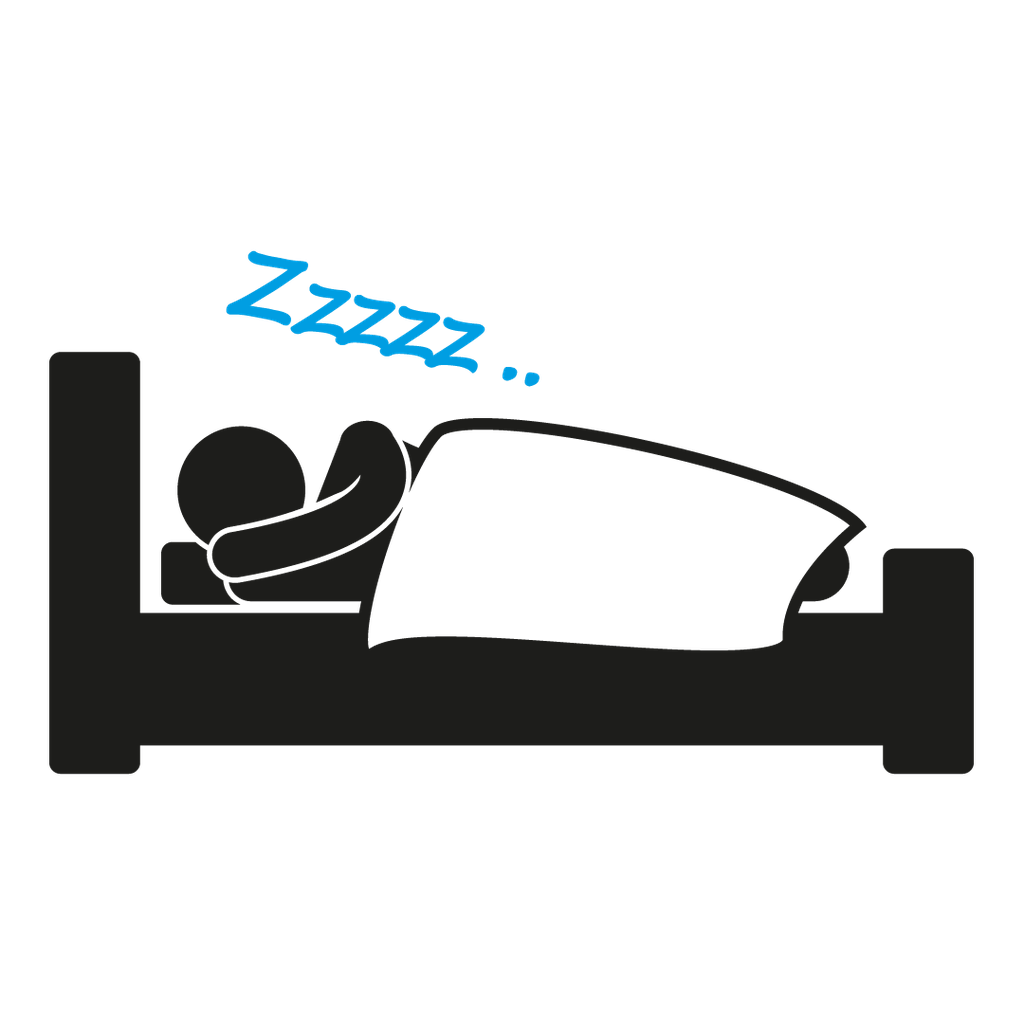
Fatigue (symptom of pancreatic cancer)
Fatigue is not just tiredness. it is a level of tiredness where you feel as though you cannot do things …
Read more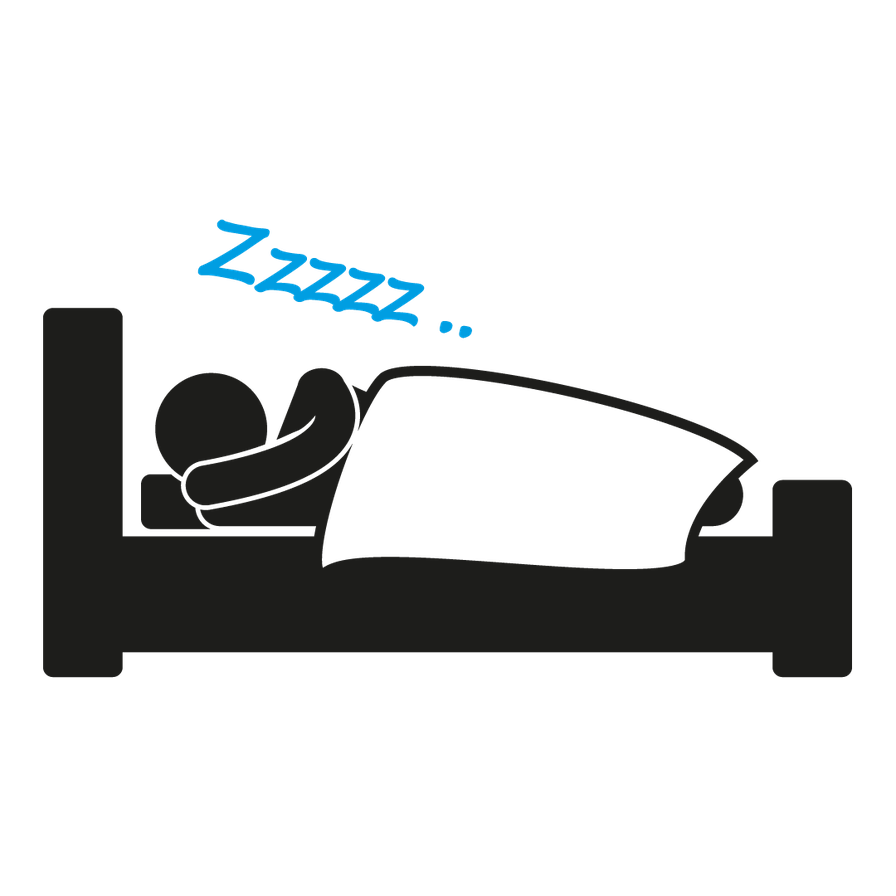
Fatigue (symptom of pancreatic cancer)
Fatigue is not just tiredness. it is a level of tiredness where you feel as though you cannot do things that you normally do.
Fatigue can feel disabling and reduce your quality of life. It can be due to the cancer itself or the side effect of a treatment or may be due to depression.
Getting as active as you can, even when it feels like the last thing you want to do, will boost your energy levels. Moving around a little may give you more energy and help to stimulate your appetite.
There may be a treatable cause such as anaemia. If your fatigue is due to depression you should recognise that this is not an inevitable part of your disease and to see your GP to discuss treatment.
It is important to tell your doctor about fatigue.

Gastro-jejunostomy
At some stage, many pancreatic cancer patients find that their tumour begins to compress or restrict the duodenum (the first …
Read more
Gastro-jejunostomy
At some stage, many pancreatic cancer patients find that their tumour begins to compress or restrict the duodenum (the first part of the small intestine, immediately after the stomach).
This often occurs gradually and begins to cause discomfort after eating and nausea. Fluids may be easier to take then solids. The stomach gradually stretches so that you feel like vomiting slightly less and weight loss occurs as food cannot reach the small intestine for nutrients to be absorbed.
Gastro-jejunostomy bypasses the duodenum so the effects of the tumour no longer affect your digestion. You will have a general anaesthetic and your surgeon may use key hole surgery (laparoscopy) or make a small cut in your tummy called a mini-laparotomy. The duodenum will be passed by connecting another section of the small intestine (jejunum) directly to the stomach.
How I will feel afterwards?
You will be taken back to the ward or to a high dependency unit and will normally be discharged home after around 48 hours. Recovery is usually fairly quick, and you should be able to start drinking fluids on the same day and slowly introducing foods so that you are eating and drinking normally again when you go home.

Nausea and vomiting (symptom of pancreatic cancer)
There are many reasons why you might feel or be sick at different times throughout your illness. Sometimes the disease …
Read more
Nausea and vomiting (symptom of pancreatic cancer)
There are many reasons why you might feel or be sick at different times throughout your illness.
Sometimes the disease itself causes these symptoms due to the space it is taking up inside your body.
The cancer may be preventing you from being able to digest nutrients in the normal way (malabsorption).
Some treatments and medications may cause nausea and vomiting such as chemotherapy.
Sometimes constipation or intestinal dysmotility is the cause. This is when the body is not moving food through the intestine as it should.
Nausea and vomiting can be caused by the tumour due to an obstruction (blockage). A CT scan may reveal the blockage and you may have a stent fitted in the area affected. Whatever the reason, there are ways of relieving nausea and vomiting.
If you have malabsorption, you may notice that you have lost weight, and your stools are pale, large and very smelly. Pancreatic enzyme replacement therapy will allow you to digest your food better and prevent the sickness.
Dietitians can give you advice about your intake and you can ask to be referred by your medical team. You can have oral, liquid, injected or syringe driver medication for nausea and vomiting. You may need to try several different medications and doses before you find what works for you.
Other tips include eating foods or sipping drinks with ginger or mint flavours.
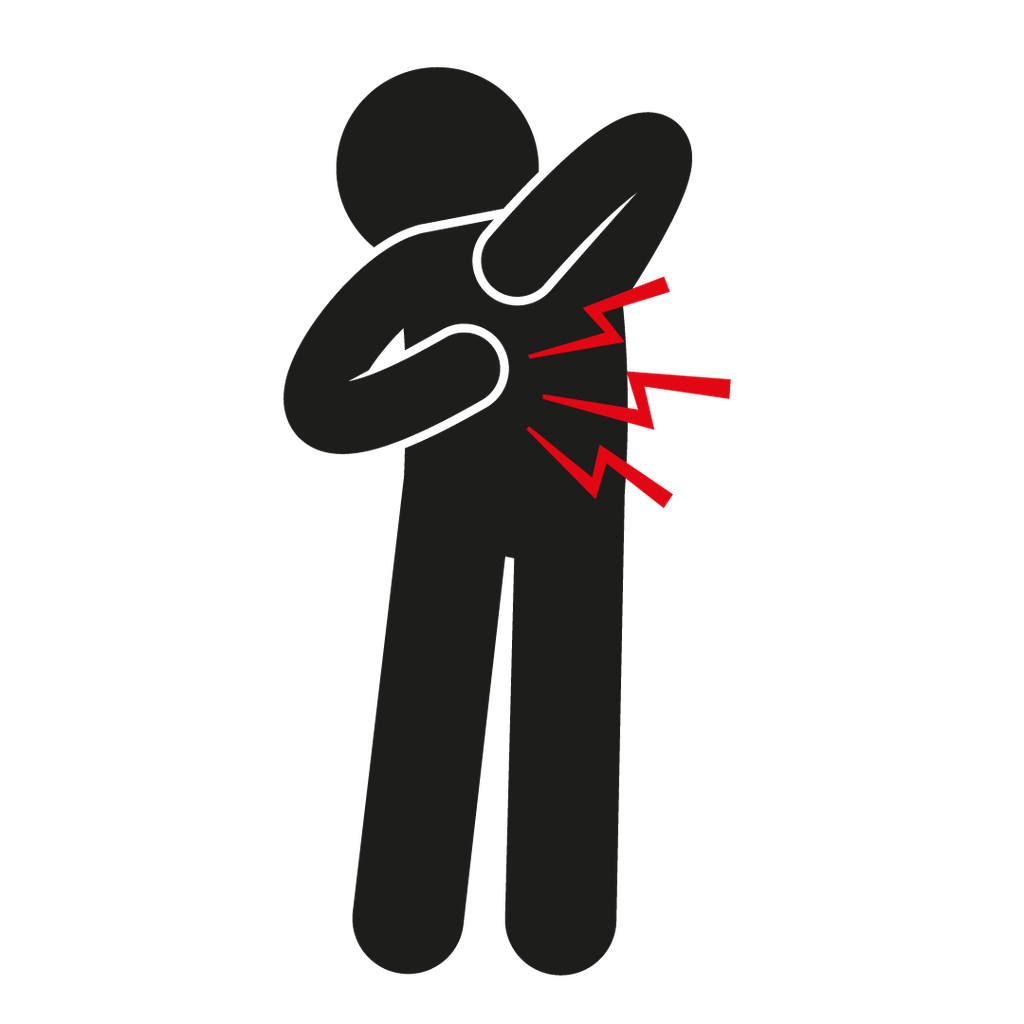
Pain management
Many people with pancreatic cancer experience pain at some stage during their disease. Pain relief is best taken on time …
Read more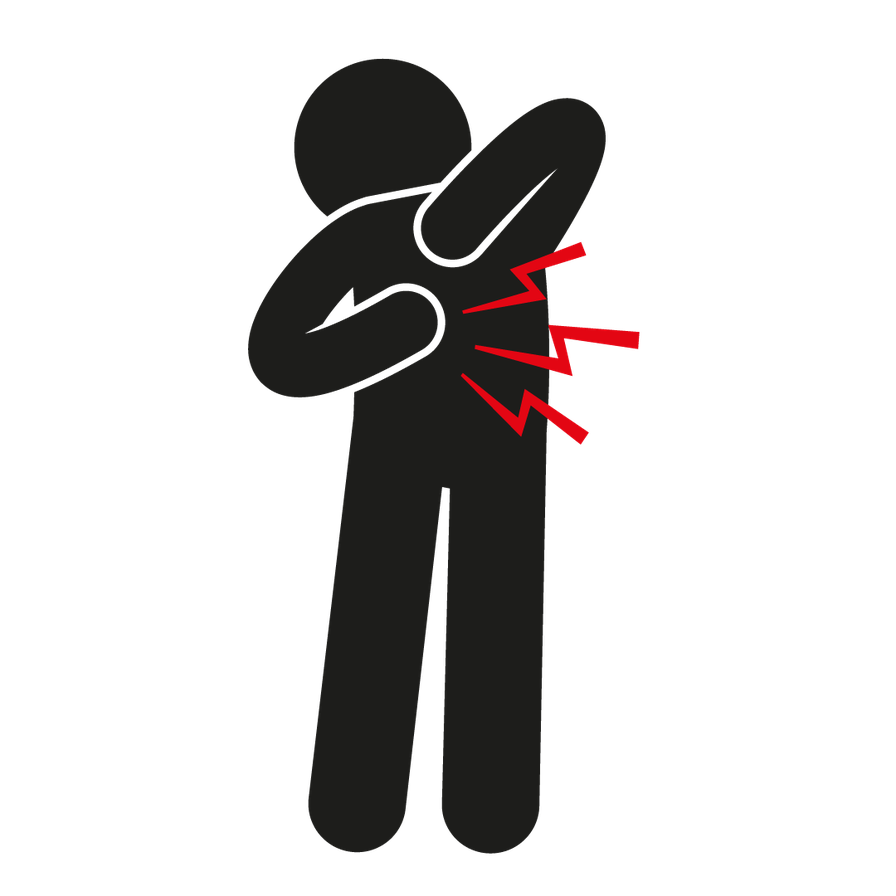
Pain management
Many people with pancreatic cancer experience pain at some stage during their disease. Pain relief is best taken on time and regularly, rather than as and when you need it.
This avoids spells of uncontrolled pain. Sometimes ‘just in case’ medicines may be useful if you experience pain out of hours and need something to top up your regular medications.
Pain relief can be given through several routes. Orally (tablets or liquid medicine), via a patch on the skin or via injection.
Coeliac Plexus Nerve Block
You may be offered a coeliac plexus nerve block to stop you from feeling pain for some time. This involves injecting a substance such as a local anaesthetic or anti-inflammatory into the space around the group of nerves called the coeliac plexus, which send pain signals to the brain. A needle is inserted into the space around your spine with x-ray
guidance or endoscopy and the medication delivered. There are some potential complications to having this treatment that your doctor will discuss with you. It is often used to treat people who do not respond well to other methods of pain relief.
Syringe Drivers
Syringe drivers are sometimes used to provide medications if you cannot swallow well or are vomiting. Syringe drivers deliver a continuous infusion of medication to you, and therefore the medication does not come in peaks and troughs like it would with some of the other methods.
The syringe driver works by placing a small needle into the skin and delivering the medication through a battery powered pump. The box for a syringe driver is small and can be carried around or tucked beside you when you are resting. The syringe driver allows for management of multiple symptoms such as pain, nausea and vomiting and can be given in any setting not just in hospital.
Choice of pain treatment
How your pain is treated will depend on the cause. Sometimes it may be because of a blockage caused by the tumour. Pain relief can come with side effects such as constipation and your medical team will advise you on this and how to treat or minimise them. Other ways of controlling pain yourself, without the use of medication include breathing exercises, distraction techniques and massage.
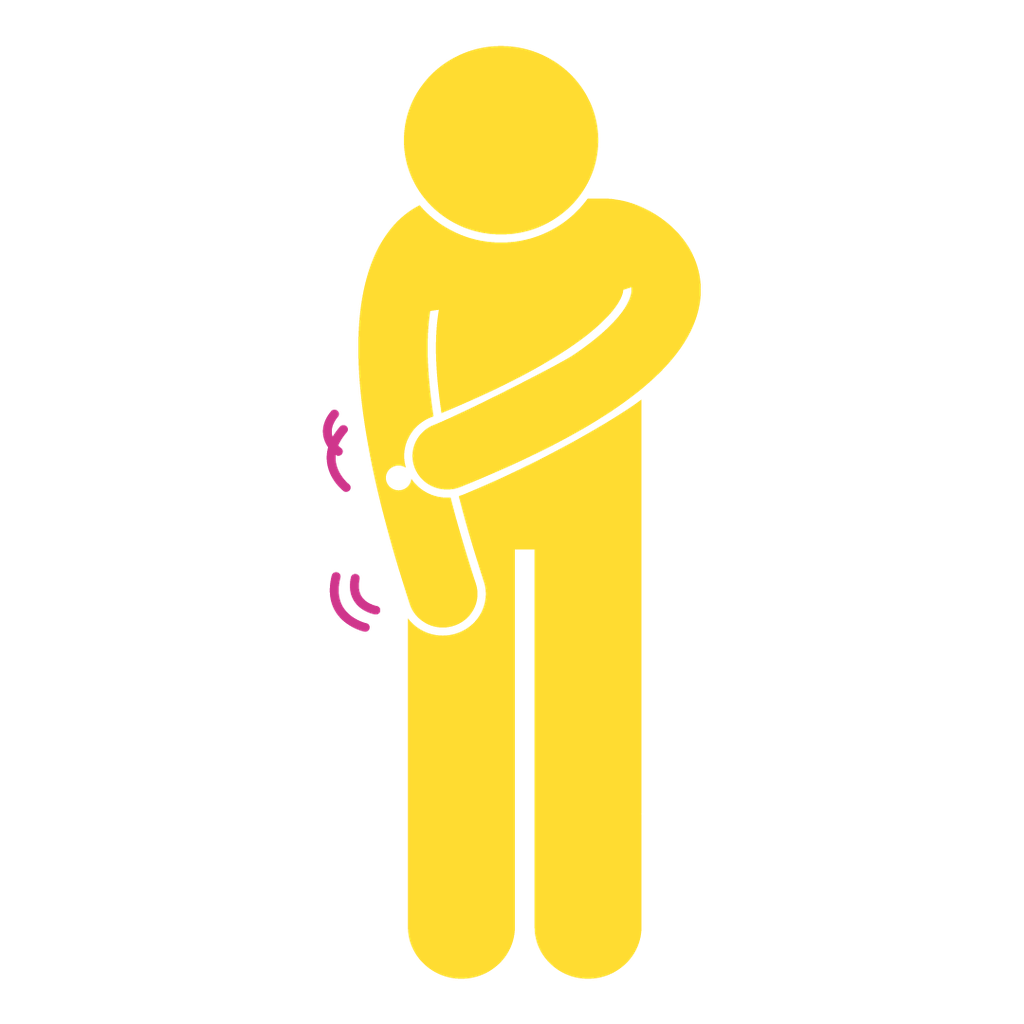
Relieving Jaundice with a bilary stent
Jaundice, develops when the bile duct becomes blocked and yellow pigment builds up (bilirubin). This can be very itchy and …
Read more
Relieving Jaundice with a bilary stent
Jaundice, develops when the bile duct becomes blocked and yellow pigment builds up (bilirubin). This can be very itchy and can be irritating. It can also make skin feel hot and uncomfortable.
This itching is called pruritis. Jaundice can also cause nausea and vomiting as well as digestive problems and tiredness.
There are many ways of treating jaundice and your medical team will help you decide which is the right one for you. One option is to be fitted with a stent to remove the blockage and keep the bile duct open. Another option is a surgical procedure called a pancreatic biliary bypass. The surgeon will bypass the blockage and allow bile to flow from your stomach to the small intestine which should solve the jaundice. Surgical procedures for jaundice are discussed in more detail in the following pages.
The symptoms of jaundice can be eased using medications if these surgical approaches are not appropriate to help drain your bile duct. Antihistamines and skin care are also important to relieve the itching. Keeping skin cool and using moisturising creams to stop it drying out can help relieve the symptoms.
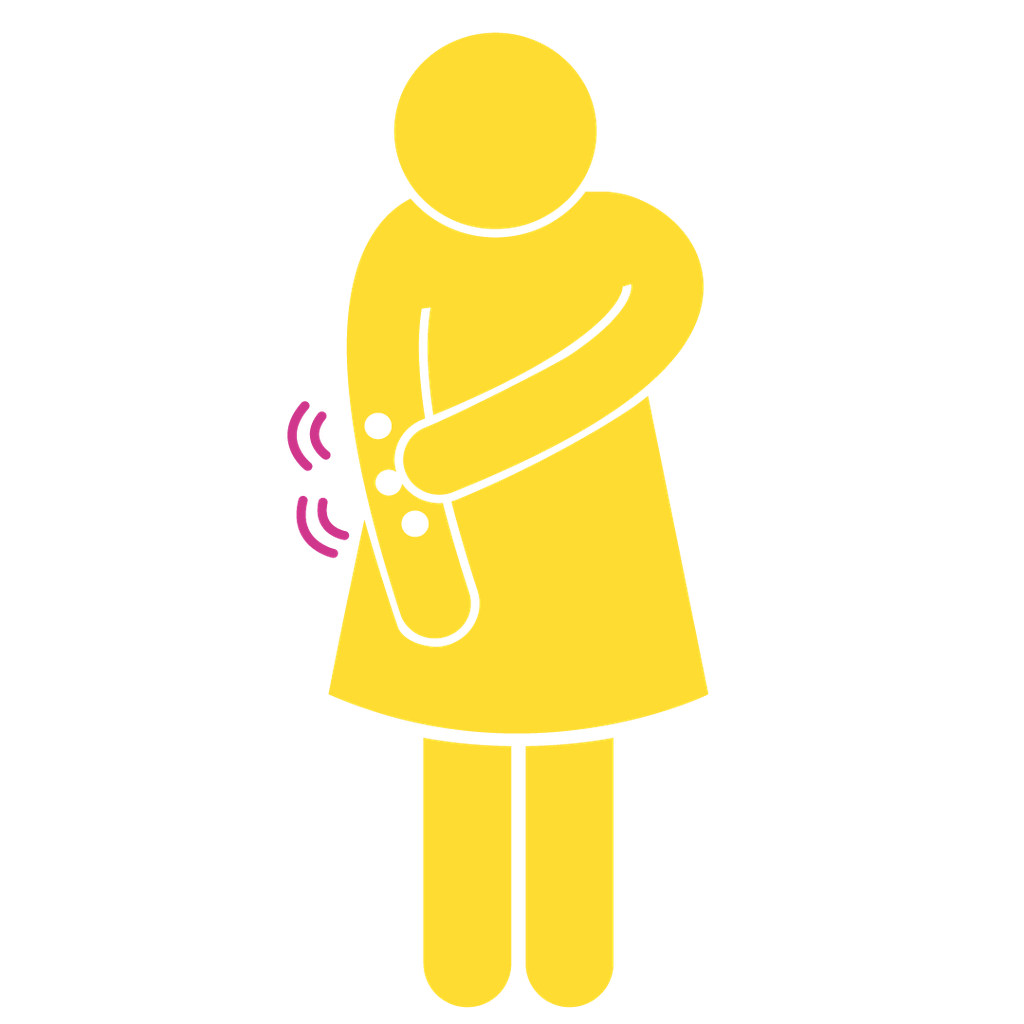
Relieving jaundice with duodenal stent
An alternative to a stomach bypass operation is the insertion of a stent (a small metallic mesh tube), which holds …
Read more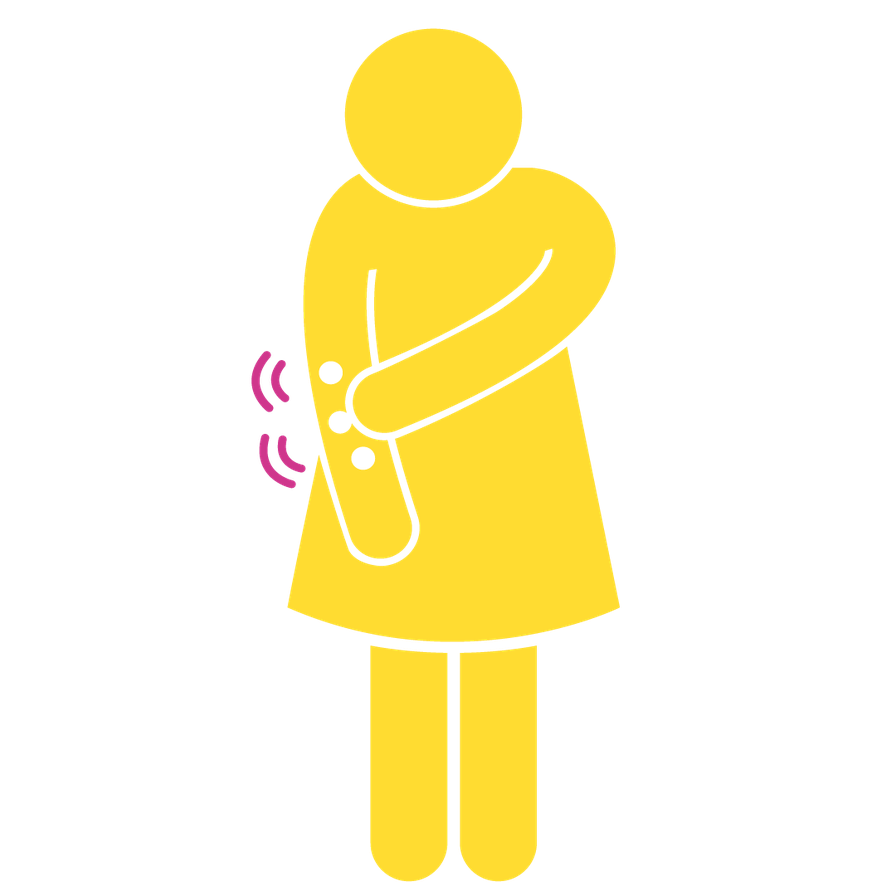
Relieving jaundice with duodenal stent
An alternative to a stomach bypass operation is the insertion of a stent (a small metallic mesh tube), which holds the sides of the duodenum open in the same way that a stent might relieve a blocked bile duct. The aim of putting in a stent is to allow food and other substances to pass through the stomach and reduce nausea and vomiting.
Where will I have a stent put in?
The procedure will be performed in a room in an X-ray department or endoscopy suite.
How long will it take to do?
The procedure will take approximately 30 minutes to perform.
Will this procedure work?
Stents can be placed successfully in about 94% of patients.
What happens?
You must not eat or drink anything for several hours before the stent is inserted (your medical team will tell you when to stop eating and drinking). If your vomiting has been severe, you may already have a nasogastric tube (a thin plastic tube which goes through you nose, down your throat and into stomach) in place, which can be used to drain your stomach.
You will be taken to the x-ray department or endoscopy suite, in your bed ready to have your intravenous sedation. When you are feeling sleepy, the doctor will pass an endoscope down your throat and put the stent through the blockage using other specialised equipment. When it is all over, you will remain in the department until you are more awake and then return to the ward.
When can I get home?
You will be able to go home when you feel ready. Usually, this is within a few days of the procedure.
Are there any complications?
Like any operation there is a slight risk of complications occuring during or after the procedure.
Complications linked with stent insertion include:
Fluid getting into the lungs during the procedure.
Bleeding.
Puncture of the digestive tract.
The stent moving.
The stent causing an unwanted opening in the digestive tract.
Eating and drinking after the insertion of a stent
Because the stent doesn’t move and is about 3 to 4 inches long there is a tendency for solid food to get stuck. Consequently, rather than returning to a normal diet you will be encouraged to drink nourishing fluids and eat soft food to prevent the stent becoming blocked. Your dietitian can advise you on what to eat to avoid problems.

Weight loss (symptom of pancreatic cancer)
Weight loss in pancreatic cancer patients varies from slight to extreme. Multiple things can cause weight loss, such as: Pain. …
Read more
Weight loss (symptom of pancreatic cancer)
Weight loss in pancreatic cancer patients varies from slight to extreme.
Multiple things can cause weight loss, such as:
Pain.
Treatments such as chemotherapy.
Fatigue.
Loss of appetite.
The effects of the tumour.
The emotional difficulty of dealing with the disease.
Losing a lot of weight can affect how you feel about yourself and your quality of life. There are ways to treat weight loss and stop it from becoming serious. Your medical team can assess your risk of becoming malnourished due to weight loss. Oral nutritional supplements can be helpful when you don’t really feel like eating. They may be recommended by your dietitian or prescribed by your doctor. They come in multiple forms to suit your taste.
Nutritional drinks – juices, milkshakes and high energy shots.
Powders – these can be added to milk and cream.
Powdered protein soups.
Nourishing puddings – useful for people struggling to swallow.
Dealing with weight loss can be difficult and can make mealtimes stressful. You may also feel as though there is extra pressure from friends and family to eat.